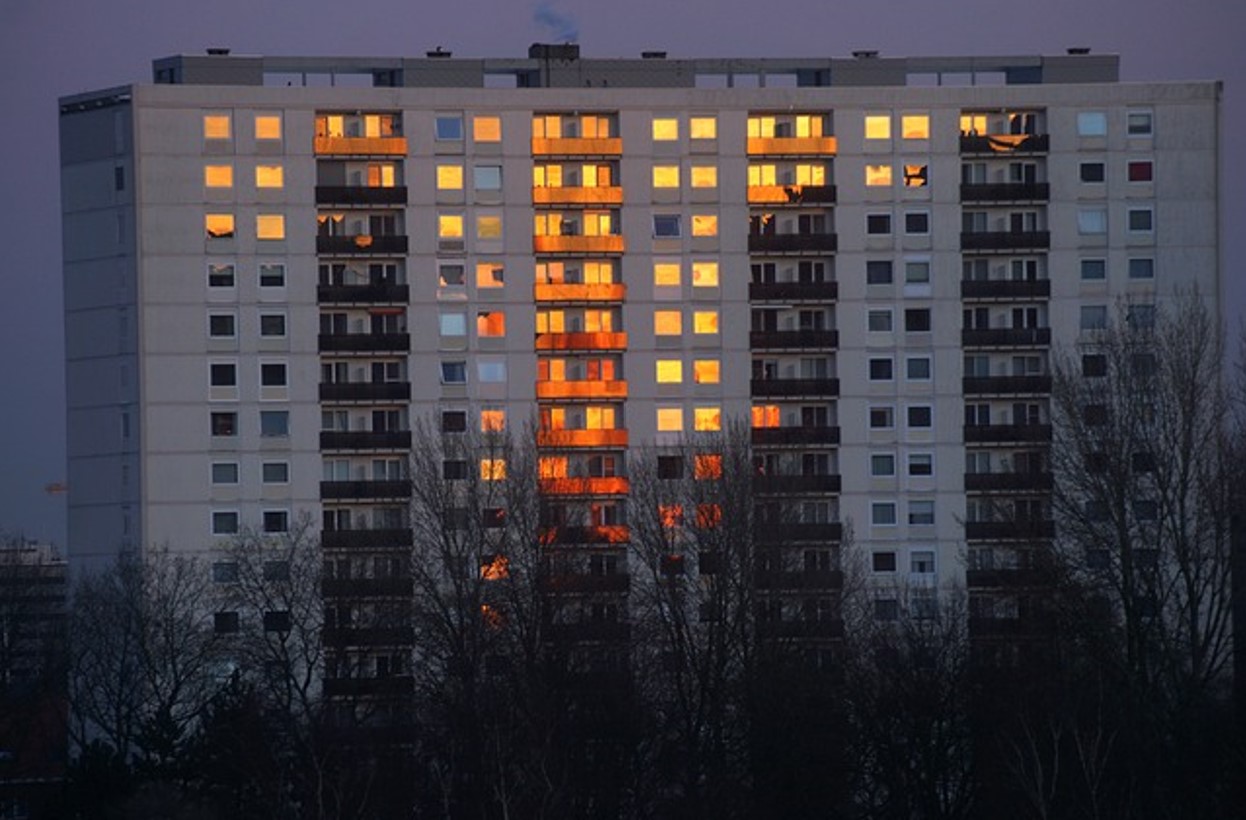According to statistics, residential buildings saw 372,000 fires, 2,615 deaths, 11,825 injuries, and $8,604,400,000 in losses in 2020. This is a major concern that landlords and property managers should prevent. Cooking, heaters, electrical malfunction, arson, and appliances often cause apartment fires. Addressing these common fire causes and others can help promote tenant safety. This article outlines five ways landlords and property managers can prevent apartment fires.
Address electrical issues
Electrical malfunctions are among the leading causes of apartment fires. Electrical fires may be a result of overloaded circuits or faulty wiring. They may also be caused by arc faults. A fire from an arc fault occurs at loosening or poorly made connections that usually overheat, via weak, failing, and old cable insulation or in damaged cables and leads. You can install arc fault detection devices to detect arcing situations before flammable materials start overheating and igniting, lowering the possibility of such conditions.
Upgrading electrical circuit breakers and ensuring they're correctly installed can help prevent electrical fires. Landlords and property managers should also work with licensed, experienced, and skilled electrical technicians for professionally done repairs, installations, and upgrades. This significantly reduces the risk of fire.
Conduct routine fire risk assessments
As a landlord or property manager, it’s your legal duty to ensure your tenants’ safety. Regular fire risk assessments can help identify and examine possible fire hazards to find necessary actions for reducing fire risk and ensuring tenant safe evacuation. These may involve reviewing various elements, including smoke detectors, extinguishers, and fire blankets’ functionality and placement, the adequacy and accessibility of escape routes, doors’ fire resistance, and potential fire hazards in the apartment. A fire risk assessment should be conducted annually or whenever a major change to the apartment or occupancy occurs.
Install carbon monoxide and smoke alarms
Landlords and property managers must install at least one smoke detector on each floor of an apartment and a carbon monoxide detector in all rooms with solid fuel-burning appliances. However, installing one, in any case, is the best practice. This will help with the early detection of fire to take quick action to stop it from spreading, causing injuries or death. Check these alarms regularly to ensure they're in optimal working conditions, and advise your tenants to do the same. If the carbon monoxide and smoke alarms are faulty, replace them immediately.
Install fire extinguishers
Fire extinguishers are essential to putting out small fires, reducing the risk of fire spreading and causing significant damage. As the landlord or property manager, it's your duty to ensure fire extinguishers are installed and regularly checked for optimal function. However, you should ensure that your renters know how to use them. You can get someone to teach them how to handle fire extinguishers and advise them when to use them.
Comply with local fire regulations
Landlords and property managers must comply with fire regulations in residential properties to ascertain their tenants' safety and prevent fires. Fire regulations may vary from one state to another. Check with your region's local authorities to ensure compliance. Failure to comply may result in hefty fines or other legal punishments.
Endnote
Landlords and property managers have a legal responsibility to ensure tenant safety. Consider implementing these tips to prevent apartment fires.










